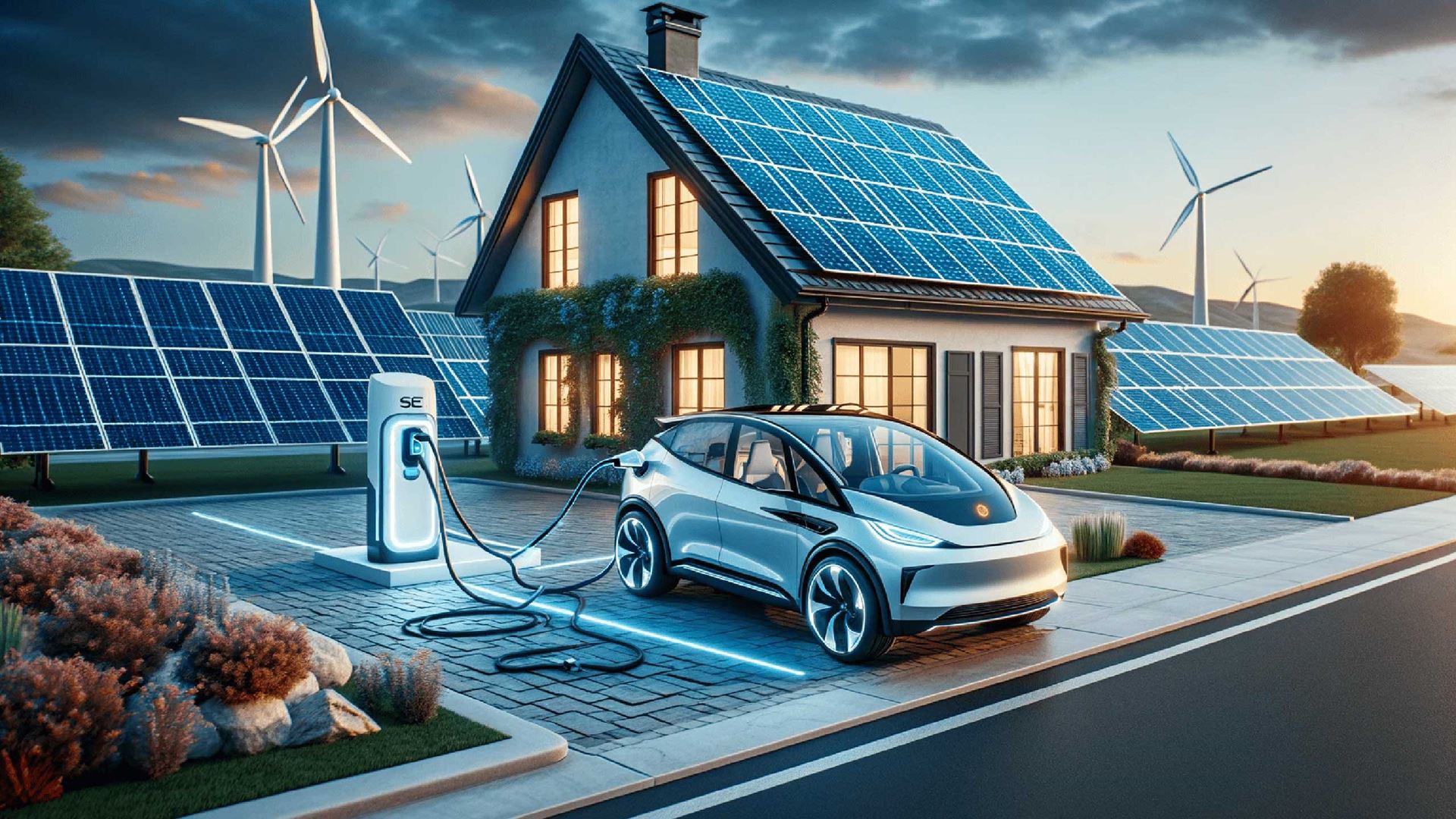Bidirectional charging has been possible on a technical level for a long time. So what is holding back the potential of this quiet revolution in the switch to renewable energies that has become known by the German term ‘Energiewende’?
Can electric cars help accelerate the transition to renewable energy sources? And can we solve the e-car issue of how to stabilise the irregular supply of renewable electricity?
It might still sound far-fetched and obscure, but the concept known in Germany under the term ‘bidirektionales Laden (EN: bidirectional charging) has already been designed ready for application in everyday use in the BDL Next project in Munich, to name just one. Imagine, for instance, a power outage, which is common in many countries. The consumer need not even notice; the lights do not go out and all electrical appliances continue to operate. This is not because an emergency generator kicks in, but because the electric car takes over. This is made possible by bidirectional charging: an electric car feeding electricity back into the home network.
The concept of bidirectional charging is based on a simple principle: not only does electricity flow from the grid to the vehicle battery, but it also flows in the opposite direction – from the car battery back to the home grid (Vehicle-to-Home, V2H), the public grid (Vehicle-to-Grid, V2G), or larger building infrastructures (Vehicle-to-Building, V2B). During periods of fluctuating electricity generation from solar and wind power, electric cars can act as mobile storage units, absorbing excess energy and releasing it as required. They can absorb excess energy and release it on demand. Since vehicles are stationary around 95 per cent of the time, there is huge storage potential sitting untapped in your garage.
Real potential for businesses
“The core idea is that we want to stabilise the grids using renewable energy from wind and solar power, and bidirectional charging. In order for that to work, the technology must be highly reliable,” explains Luca Husemann, a research assistant working on the BiFLex-Industrie project at the University of Duisburg-Essen. Specifically, he is investigating how company fleets could be used as flexible energy storage devices. The vision here is that millions of electric cars will absorb peak loads, stabilise the grid, and reduce households’ dependence on electricity prices. When many small storage devices react flexibly, they can compensate for bottlenecks in the power grid, reducing the need for fossil fuel reserve power plants.
Continue reading on Gateway to Automotive.

